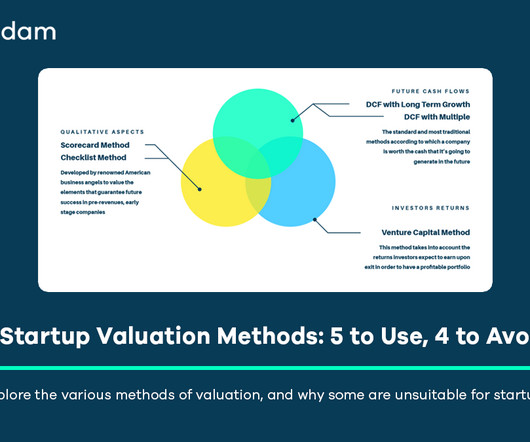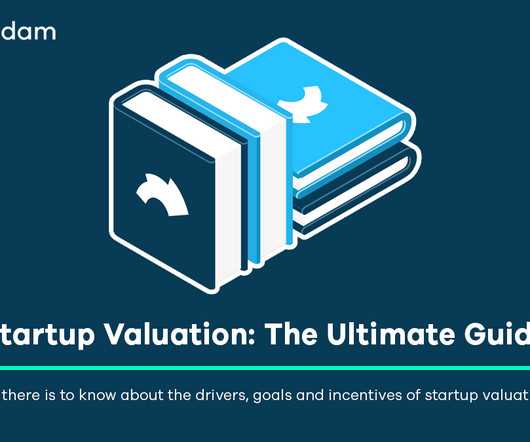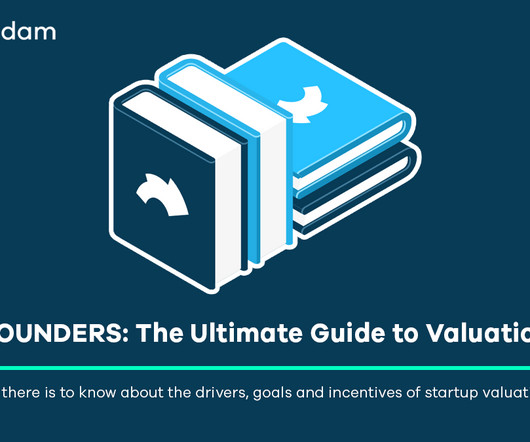9 Startup Valuation Methods: 5 to Use, 4 to Avoid
Equidam
APRIL 26, 2025
Furthermore, any quantitative valuation method, particularly the Discounted Cash Flow (DCF) approach, is highly sensitive to the underlying assumptions about growth rates, discount rates, and terminal values. This incorporates the risk-free rate, a market risk premium specific to the company’s country, and Beta ($beta$).










Let's personalize your content